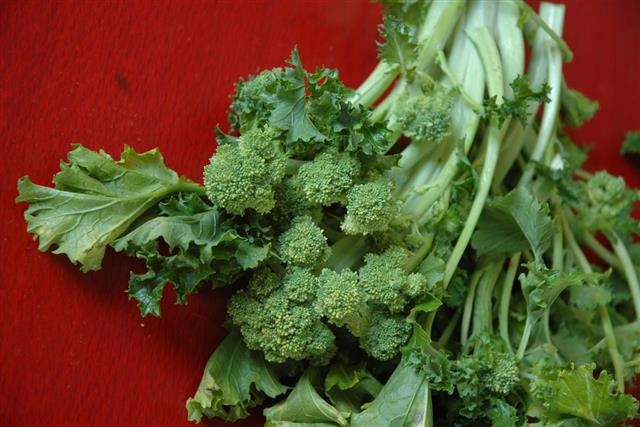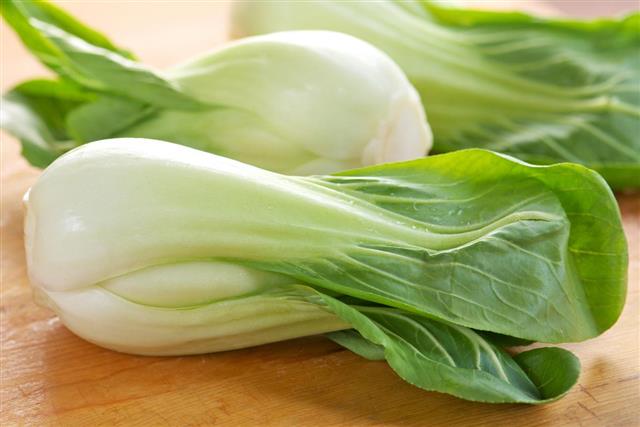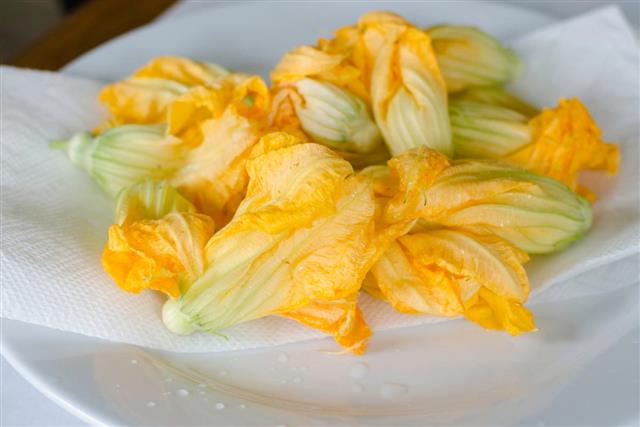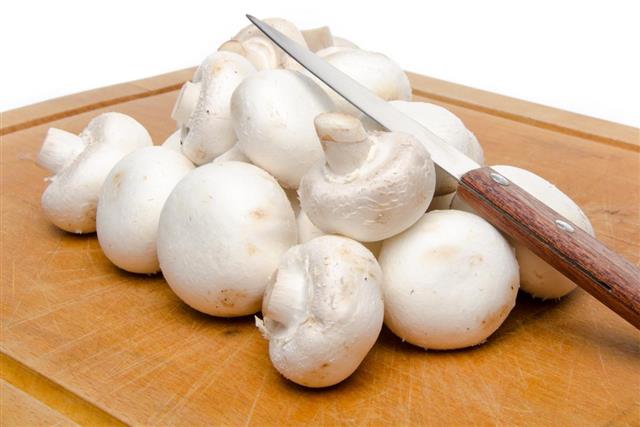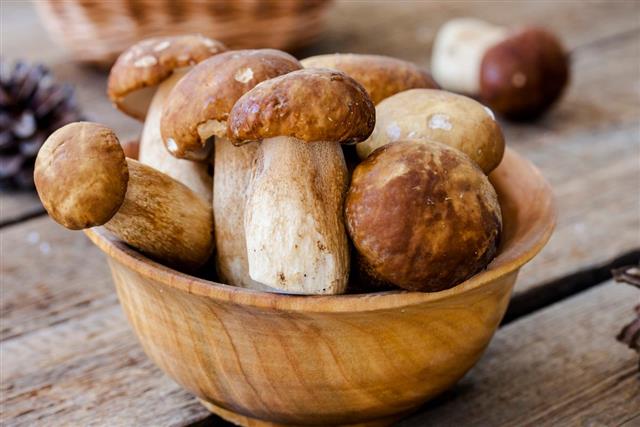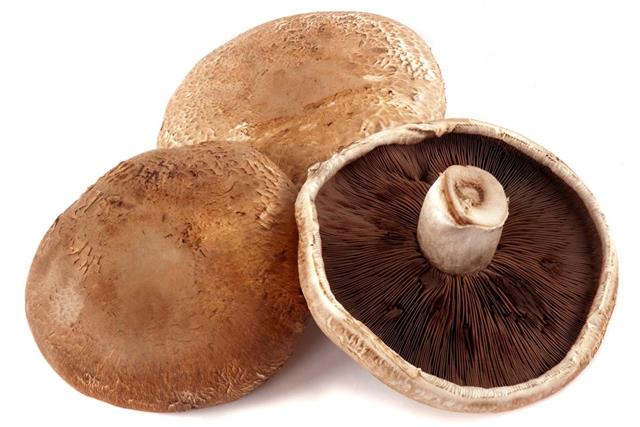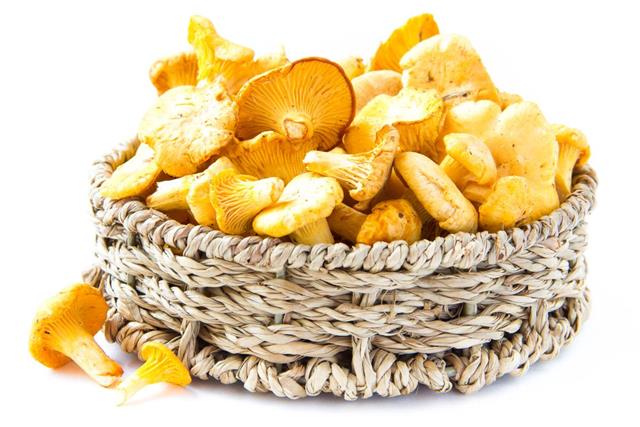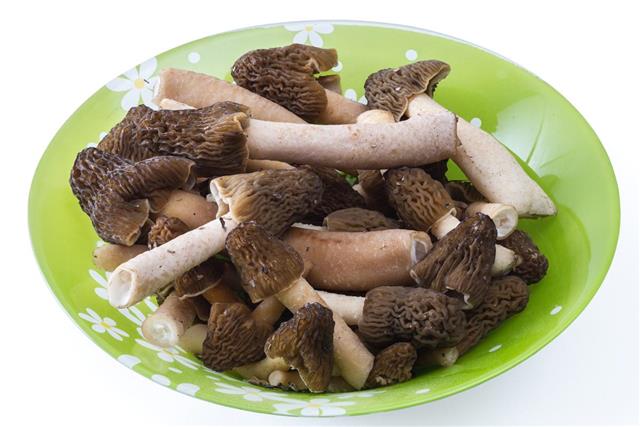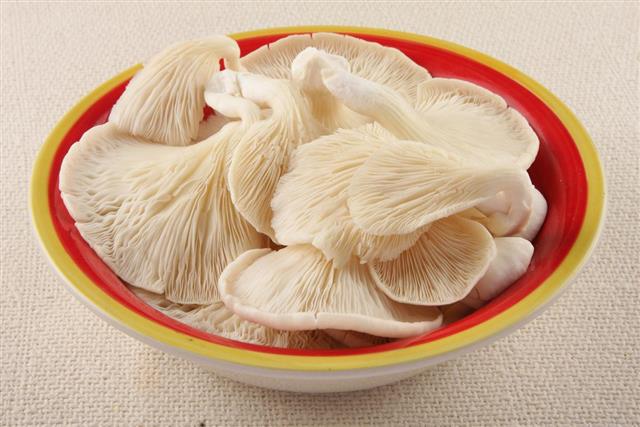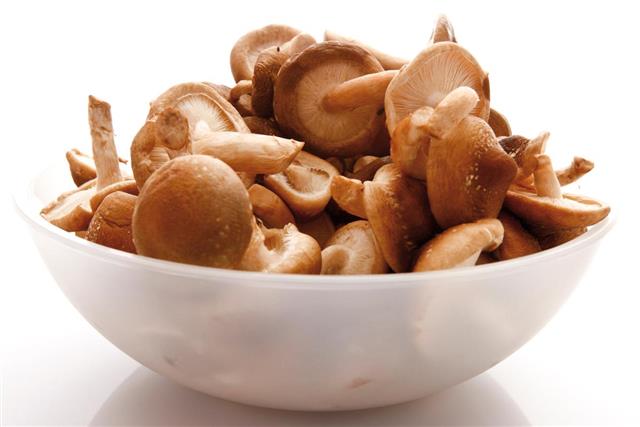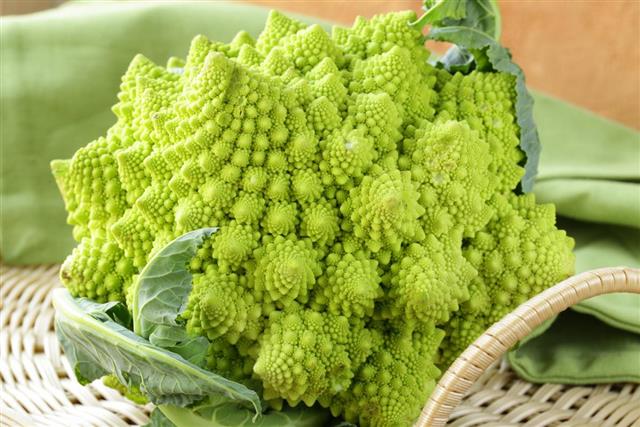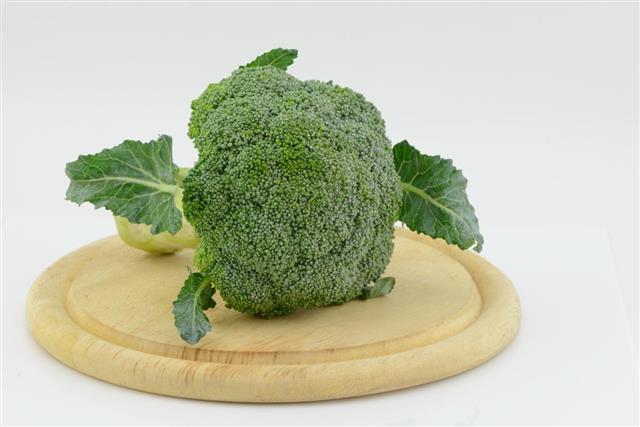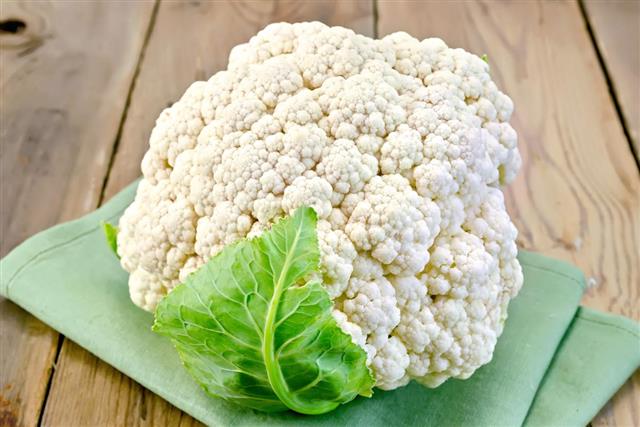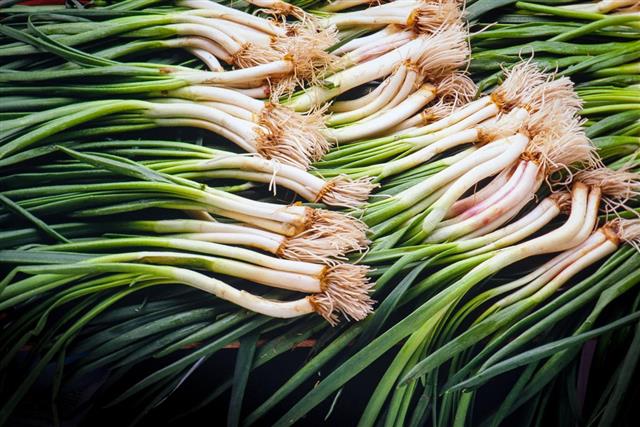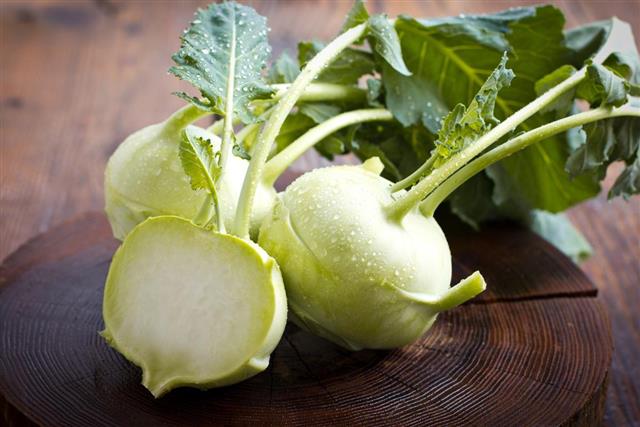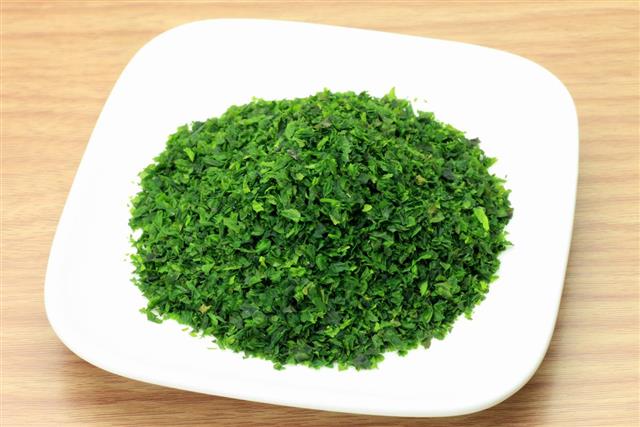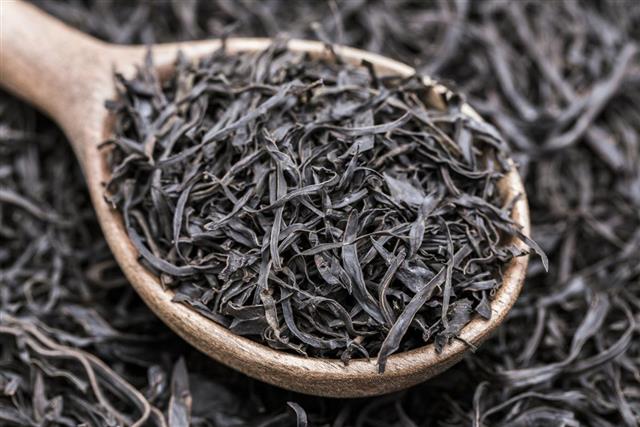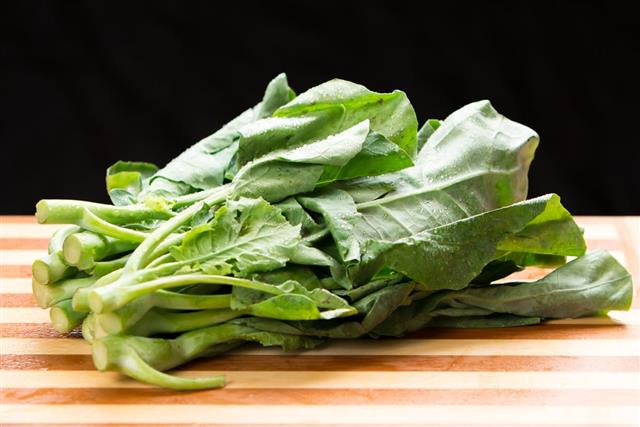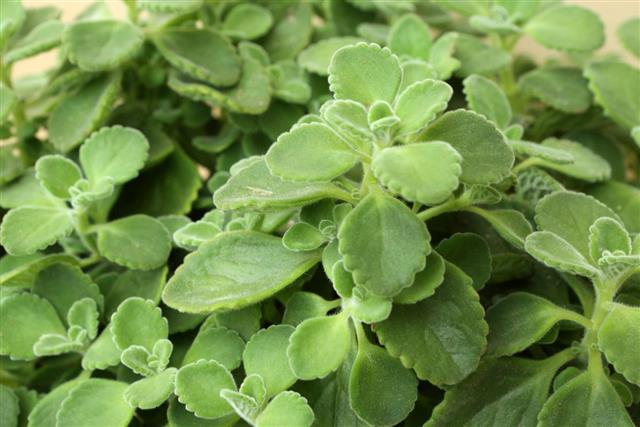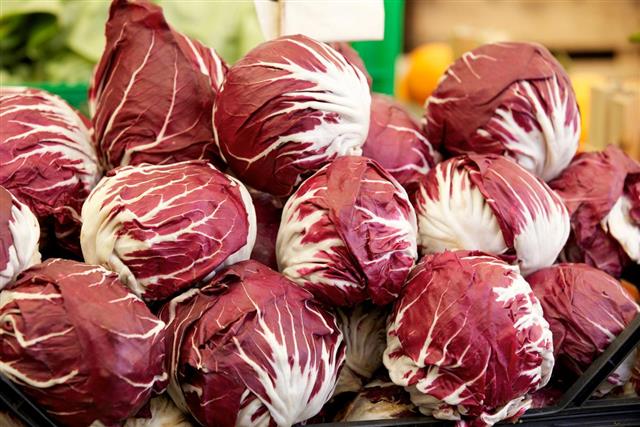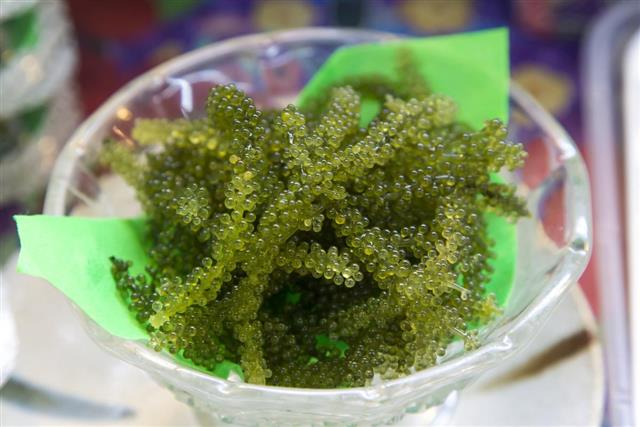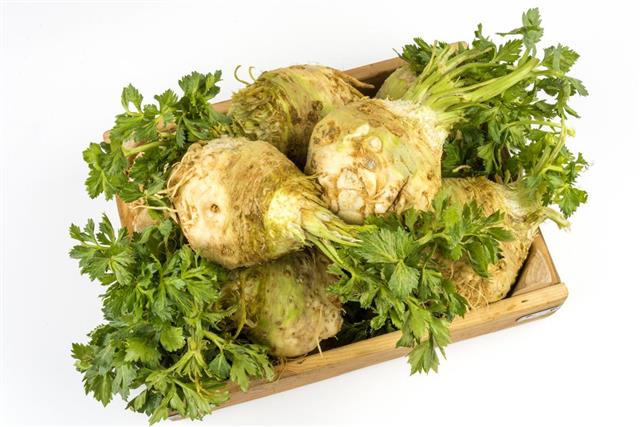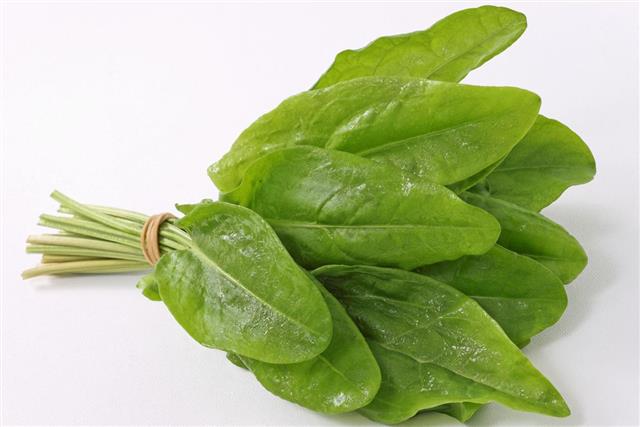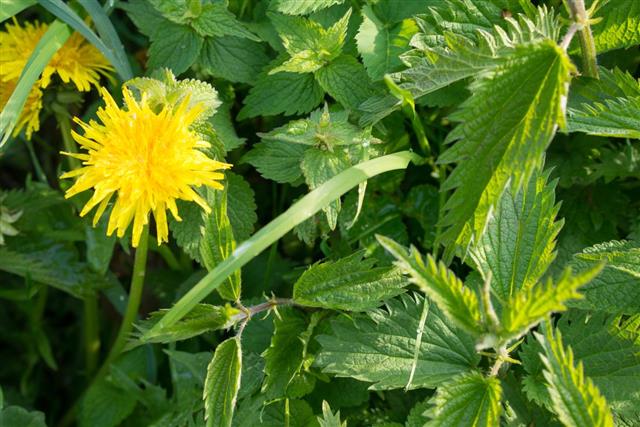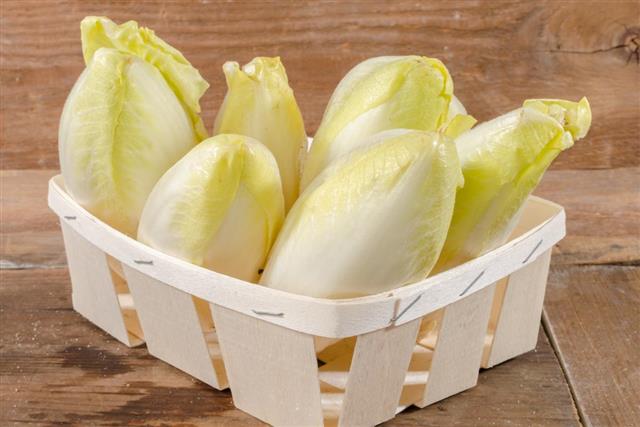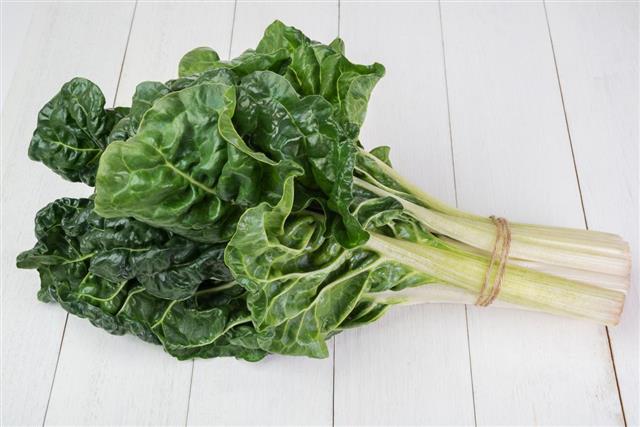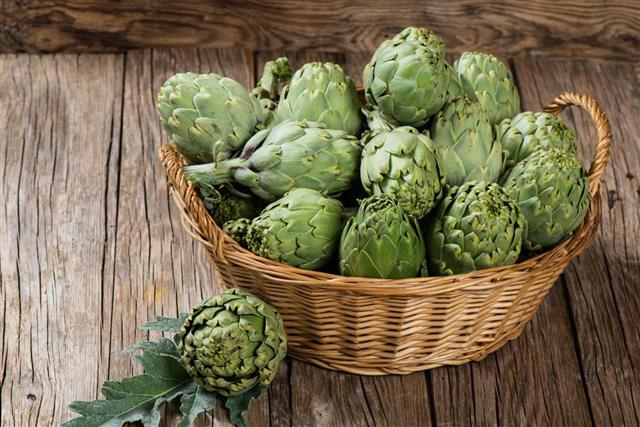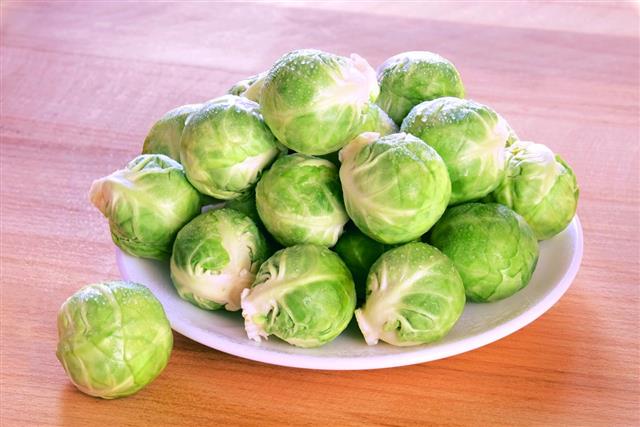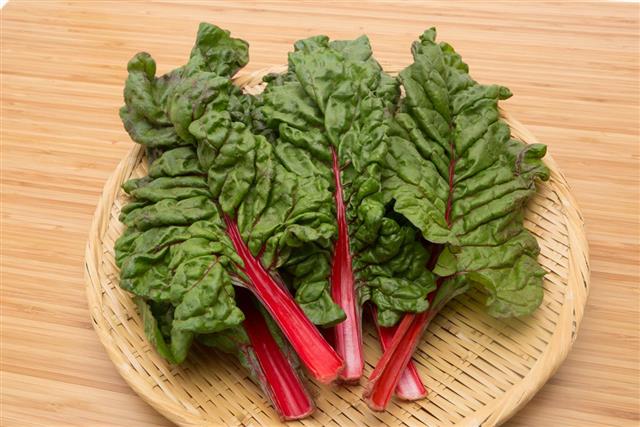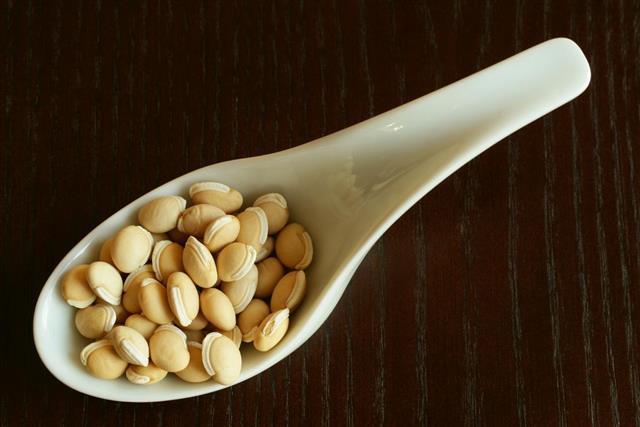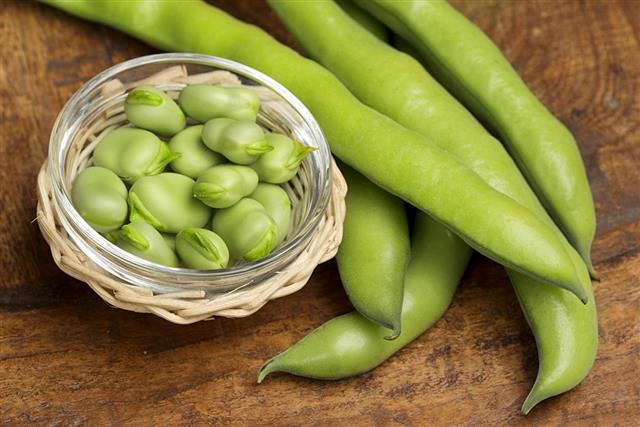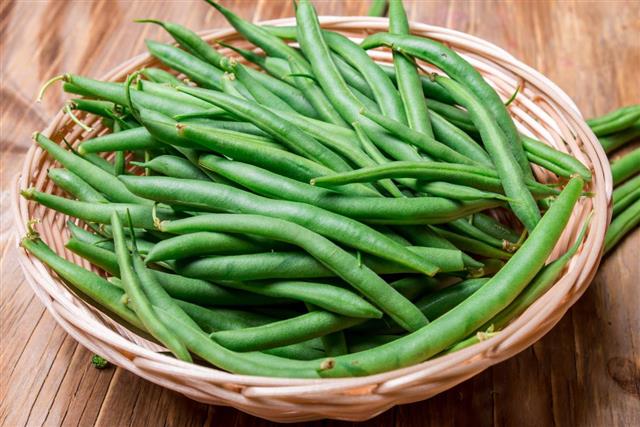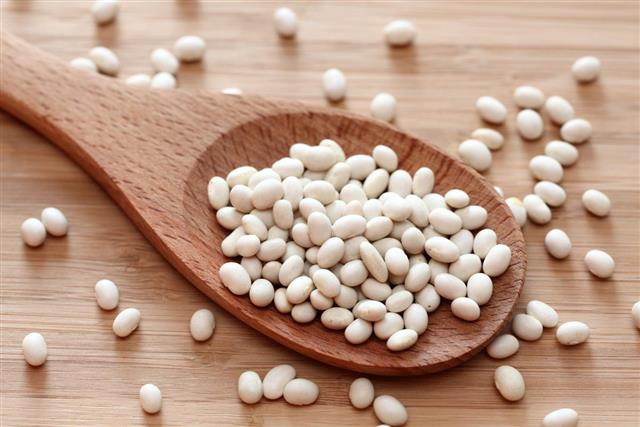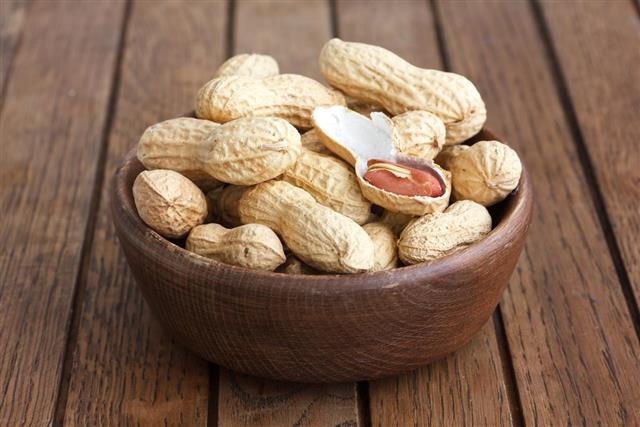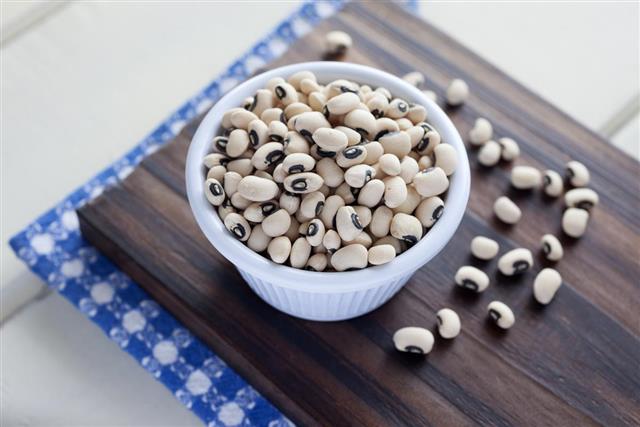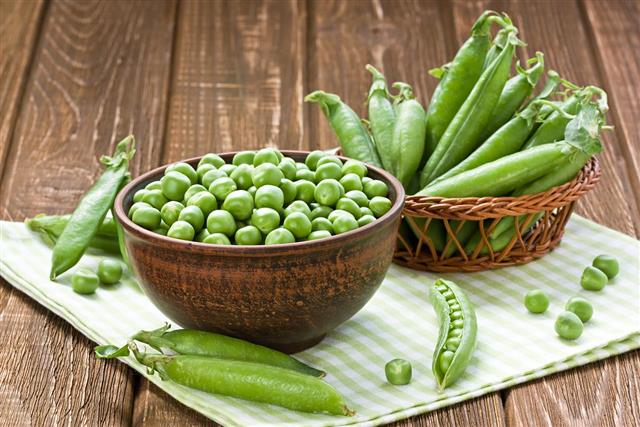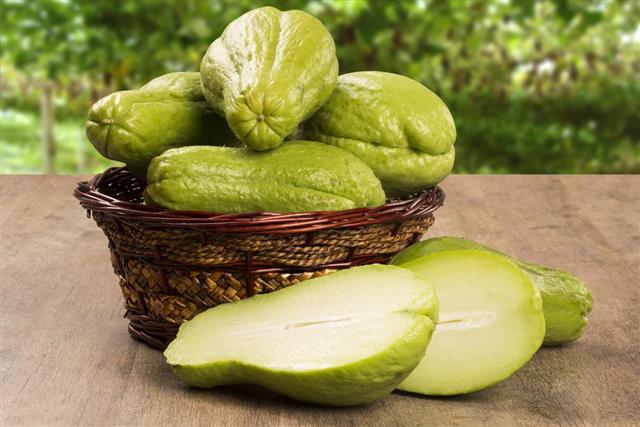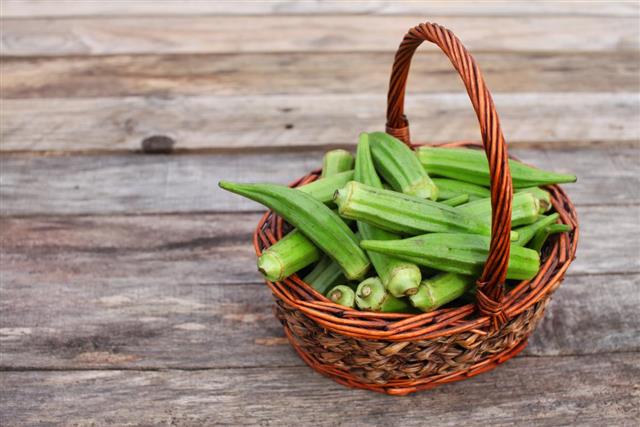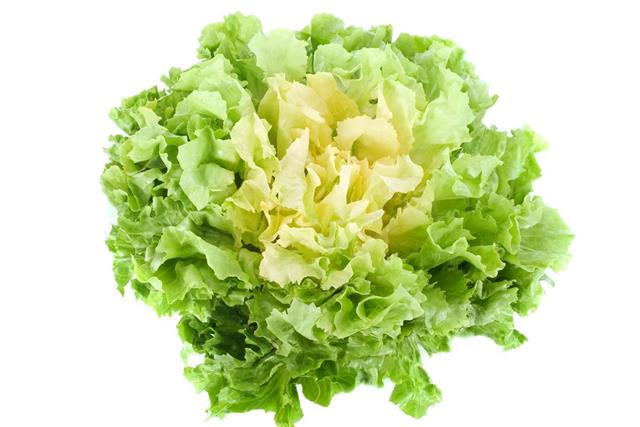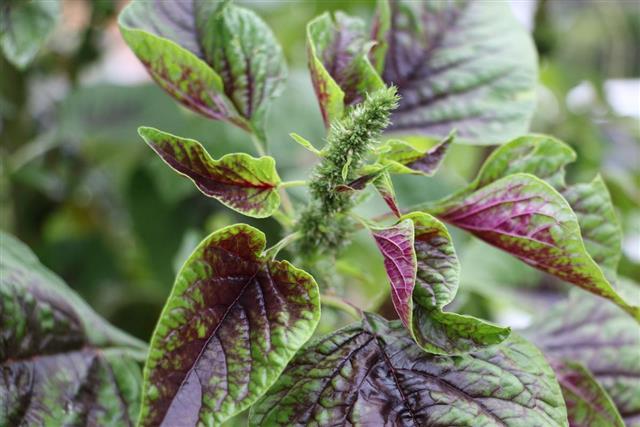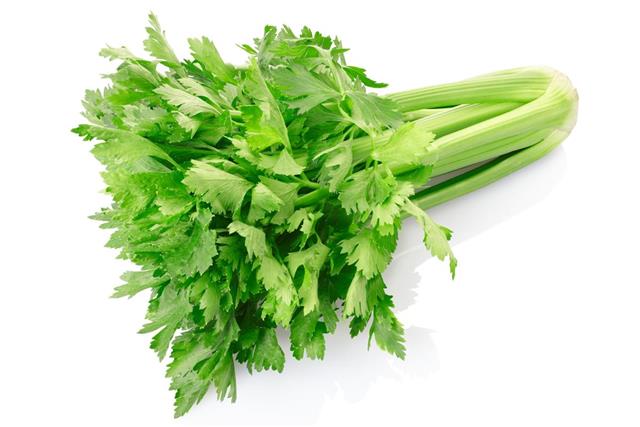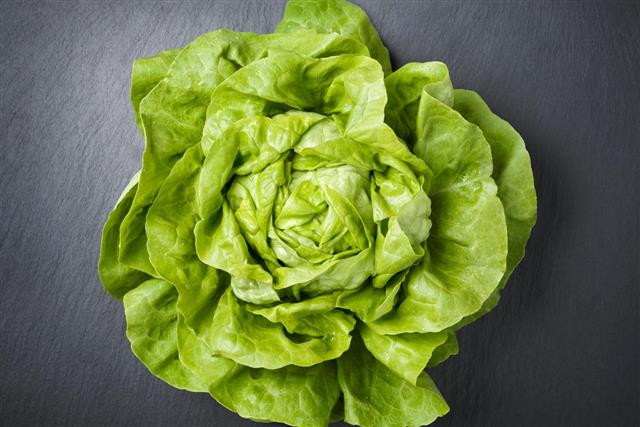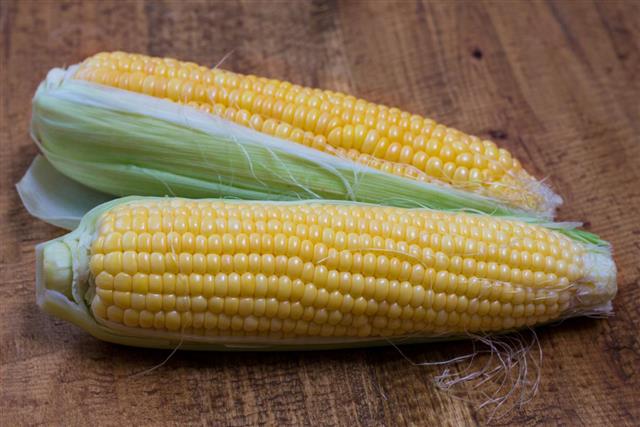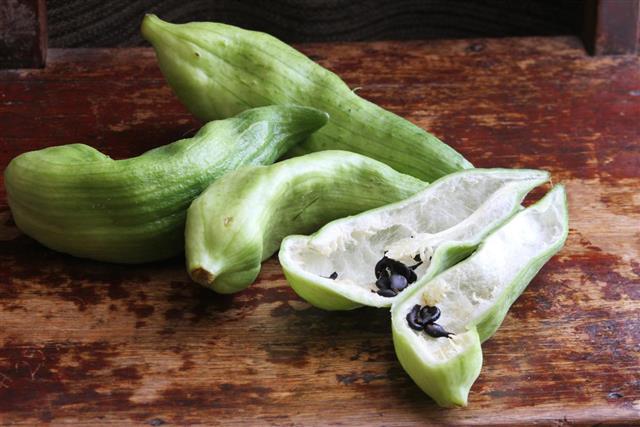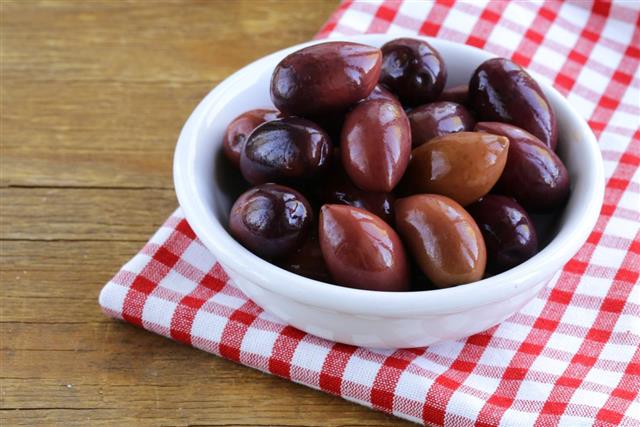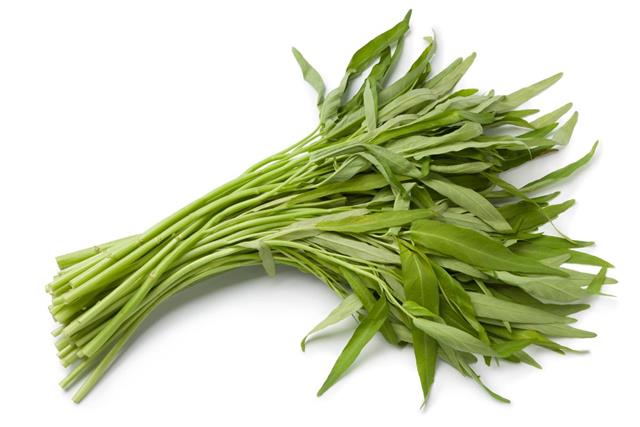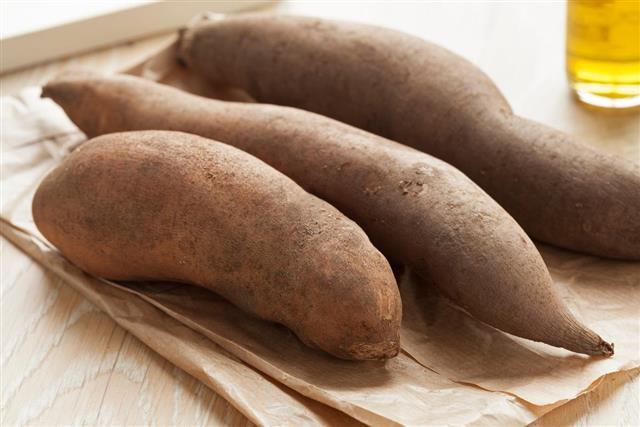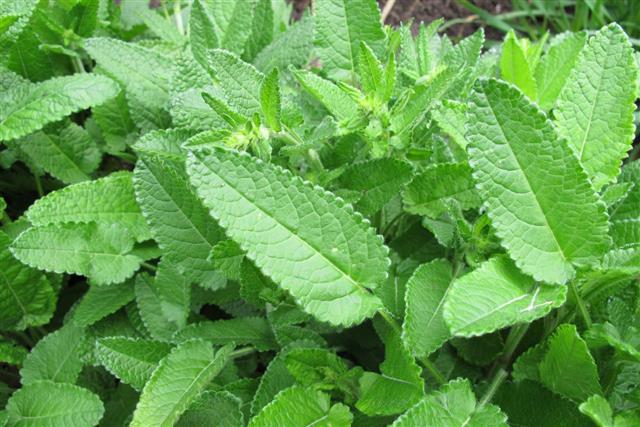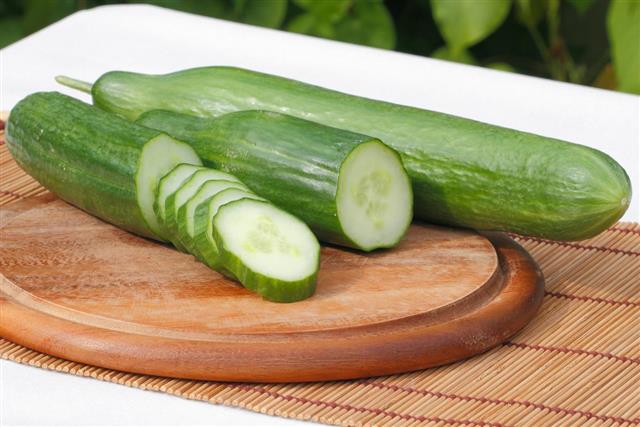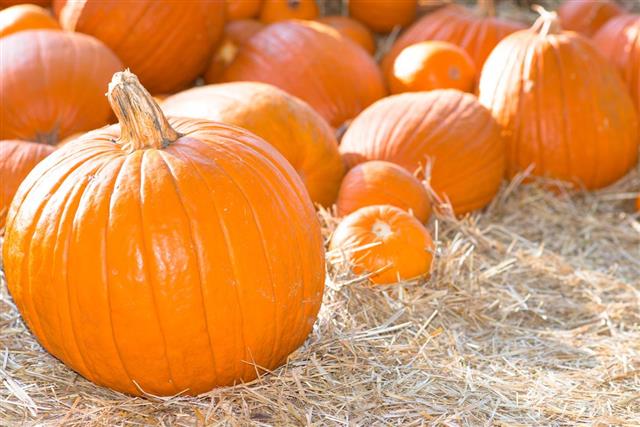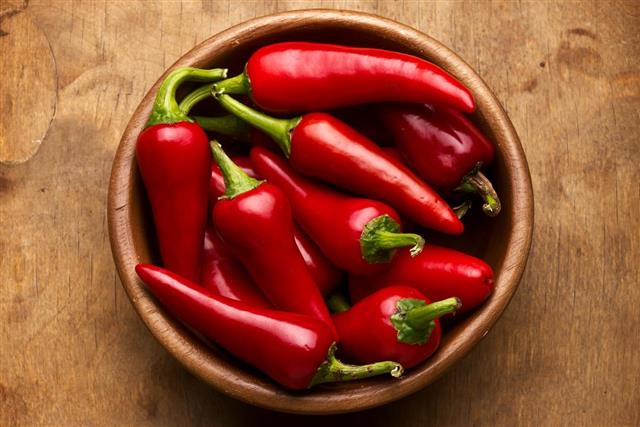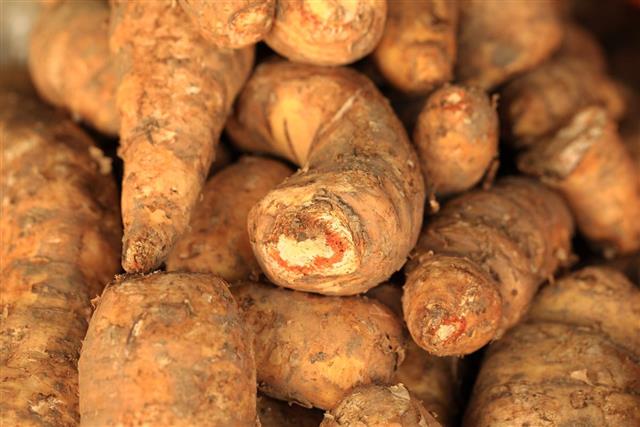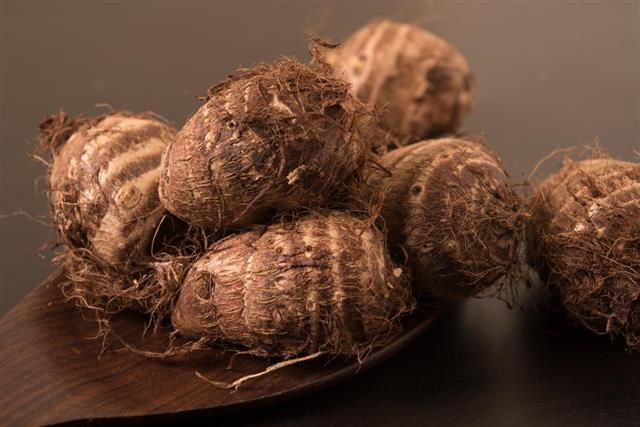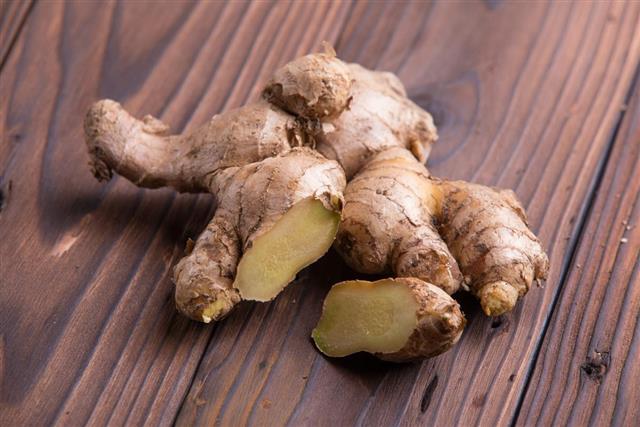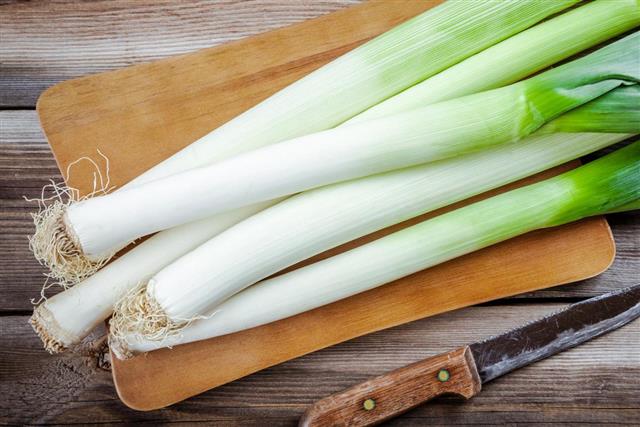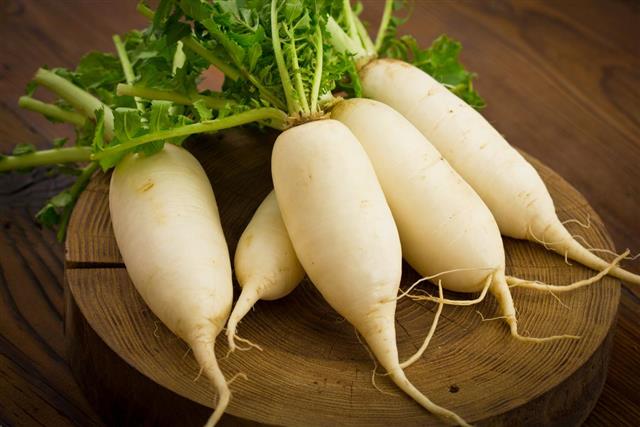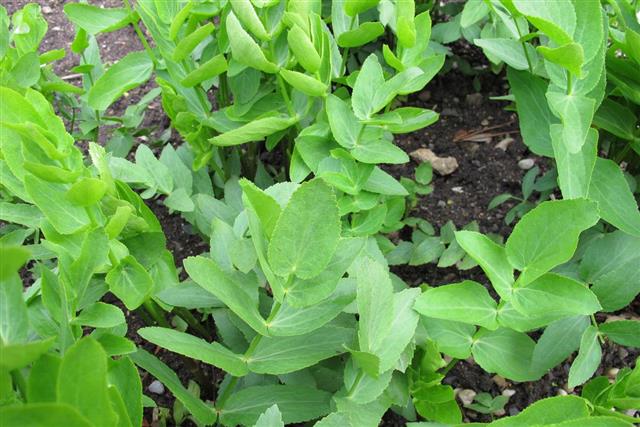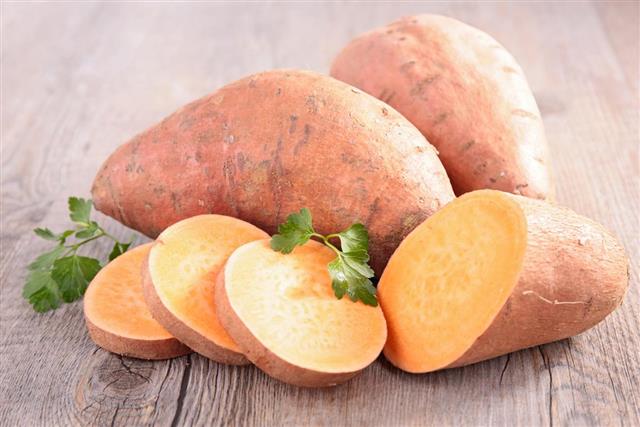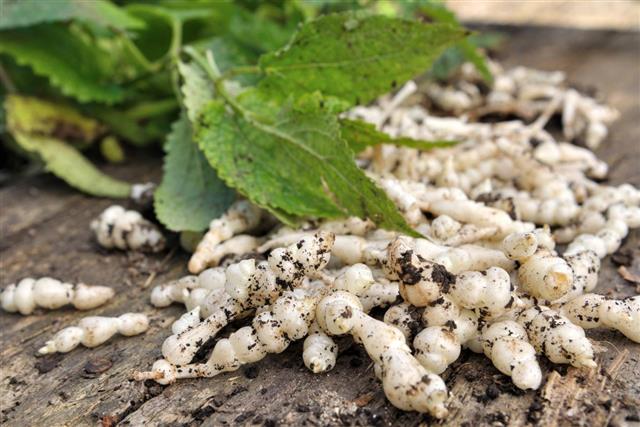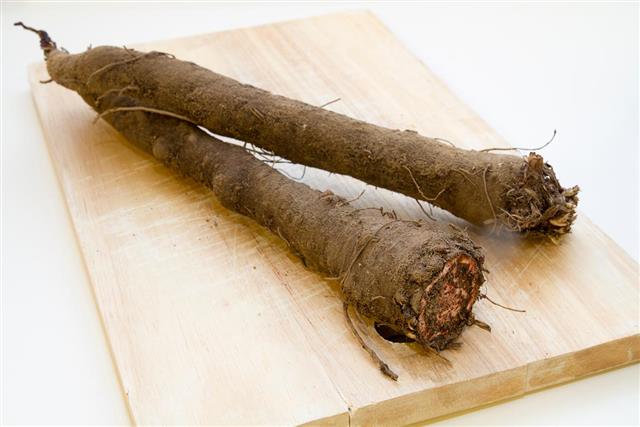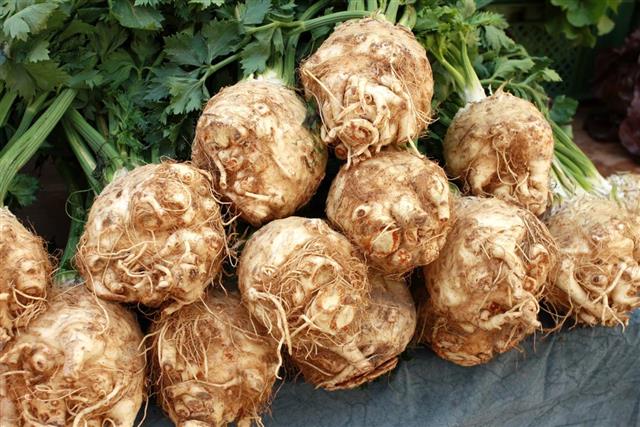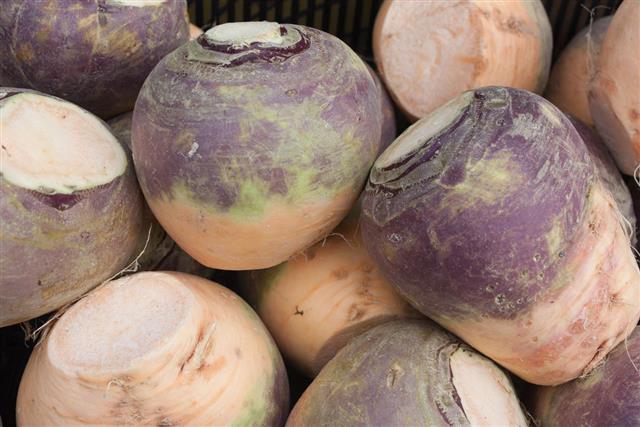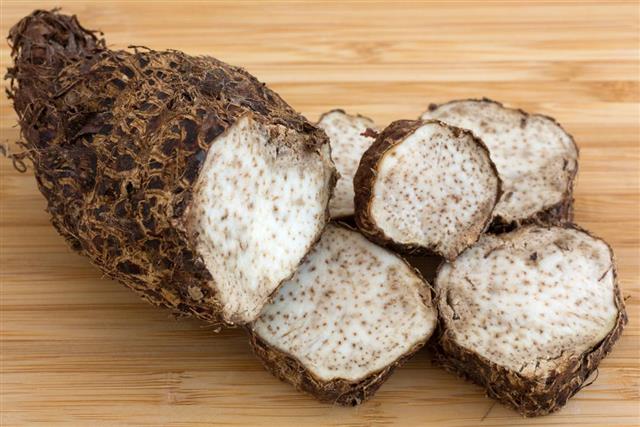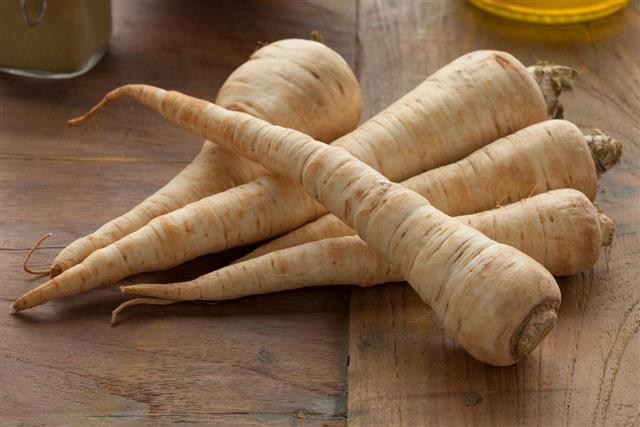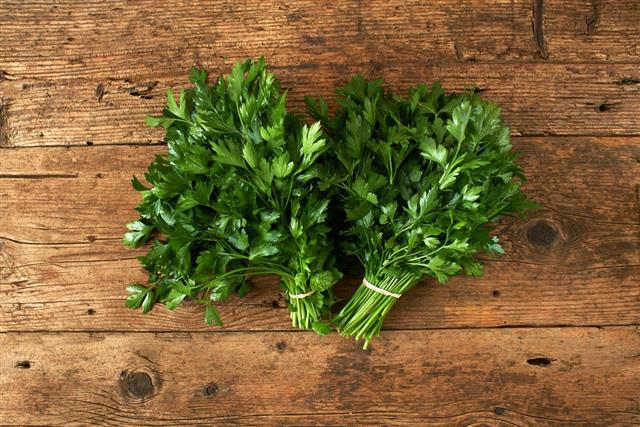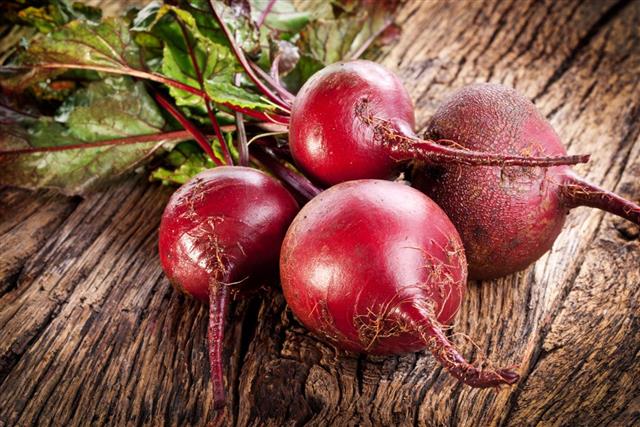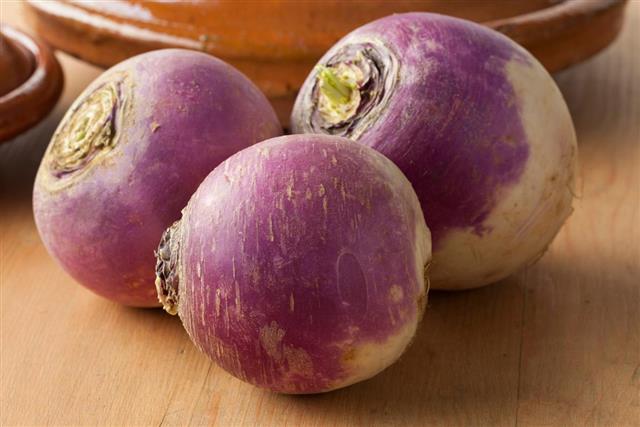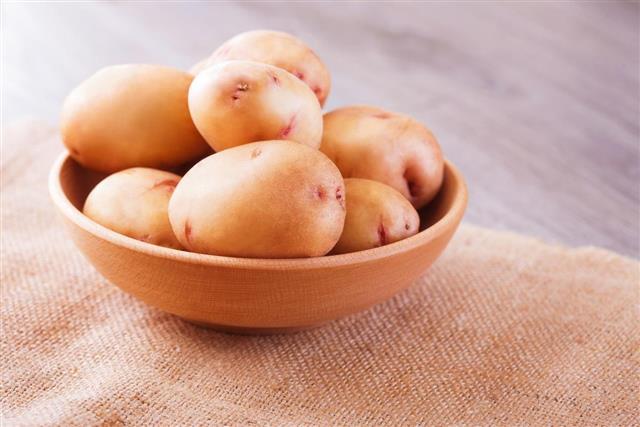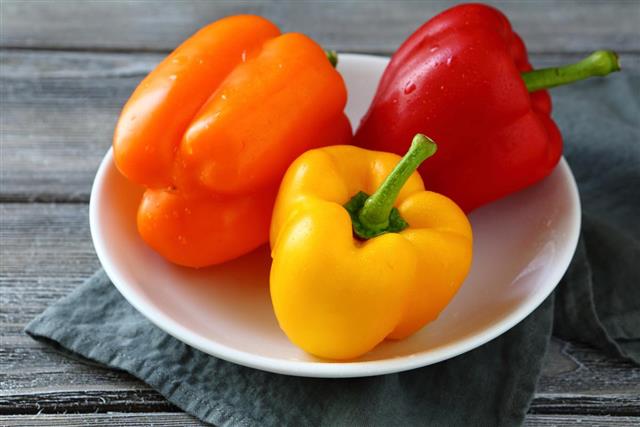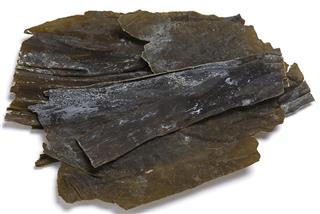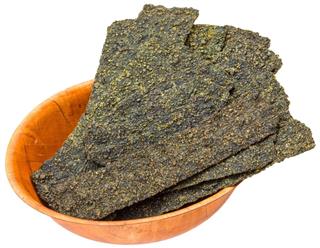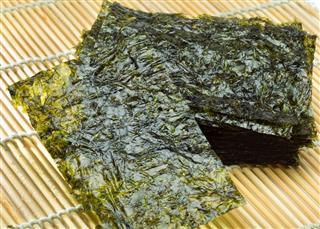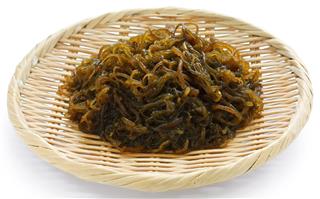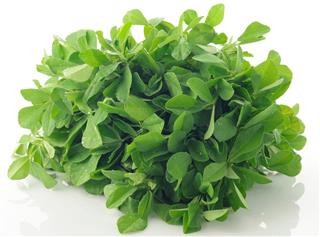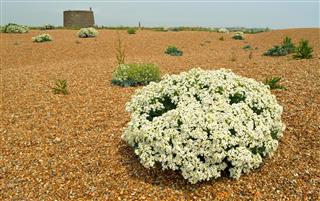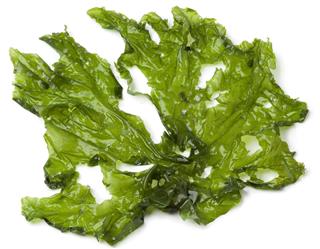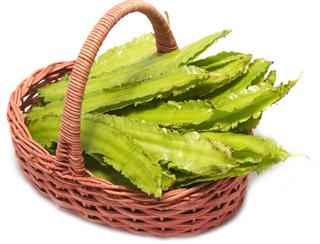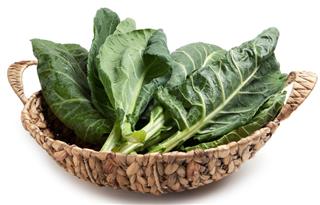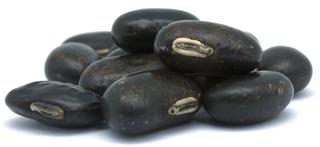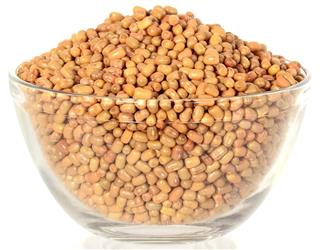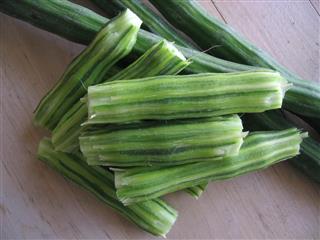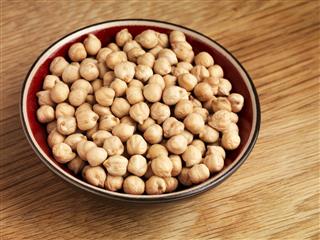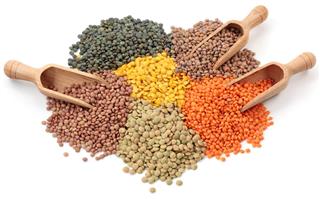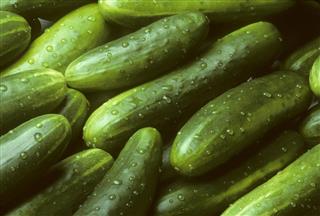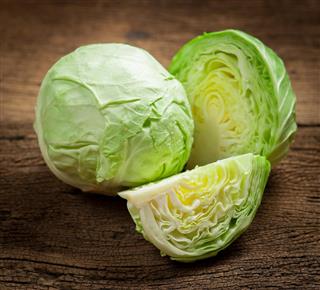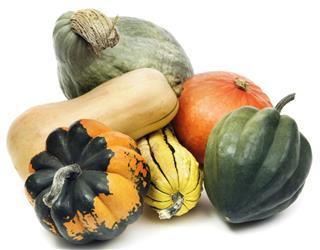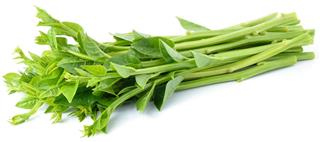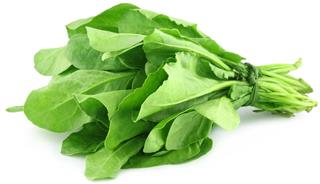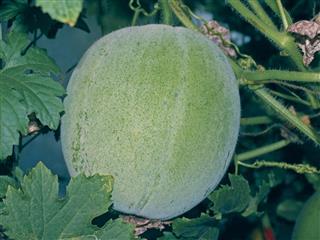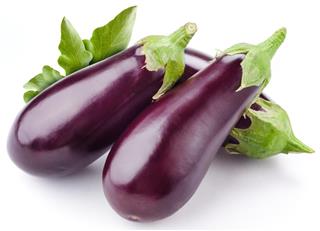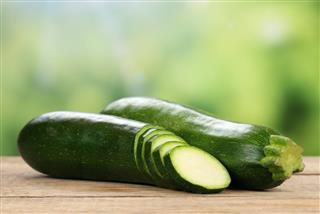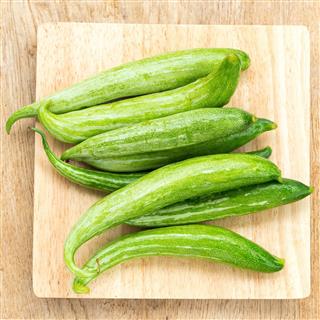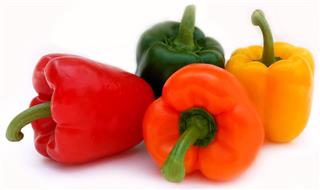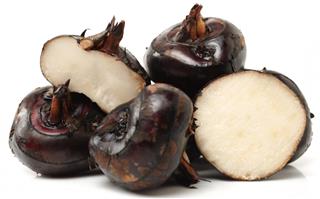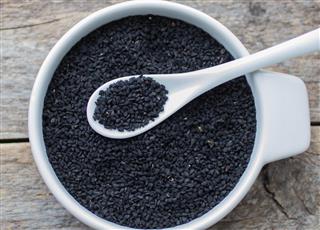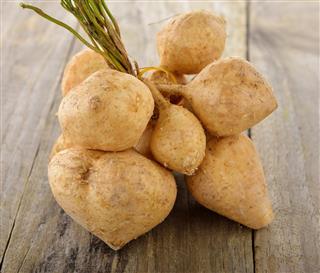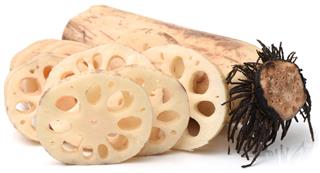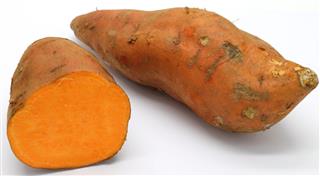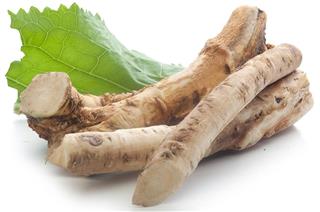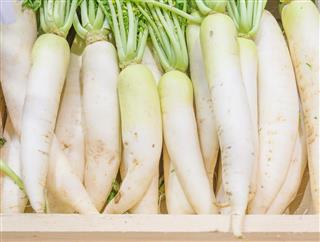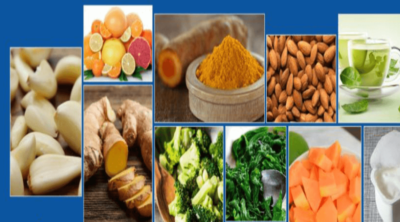
Vegetables are an indispensable part of our diet. Well, at least for the most part of us… But how many variants of vegetables are there? A lot of us are only familiar with whatever we regularly consume, while the truth is there is a lot more, so how about a look at them…
It’d be odd to hear someone say that they never eat vegetables, or that they only live off meat or something like that. There is hardly a person who doesn’t consume vegetables as a part of their diet. Truth is, there are so many variants of vegetables that there is something to suit everybody’s taste buds, it would be almost impossible to be disappointed, or say that there is a dearth of veges to choose from. The United States Department of Agriculture (USDA) suggests that men must consume at least 3 cups of vegetables every day, while women must consume at least 2½ cups of vegetables. How many people follow these guidelines, we cannot be sure. But for those of you who would like to start now, you could choose from an array of vegetables, because, believe me when I say, there are umpteen variants of vegetables to pick from. So how about a list of vegetables for you to opt from…
Vegetable Varieties
Before jumping right into the names of vegetables, let us first go over the categories of vegetables available to us. Vegetables are classified into Root vegetables, Bulb vegetables, Tuber vegetables, Leaf vegetables, Stalk vegetables, Inflorescent vegetables, and Fruit vegetables to name a few. We’ll get started with a list of each of them now.
Root Vegetables
Root vegetables are known to be rich sources of fiber, generally contain high levels of Pro-Vitamin A, and are great low calorie vegetables. Here is a list of these high fiber, low calorie sources…
- Potato
- Carrot
- Turnip
- Beet
- Radish
- Horseradish
- Wasabi
- Parsley
- Parsnips
- Malanga
- Burdock
- Rutabaga
- Celeriac
- Salsify
- Chinese Artichoke
- Sweet Potato
- Yam
- Lotus Root
- Skirret
- Cassava
- Daikon
- Jicama
- Black Cumin
- Leeks
- Ginger
- Taro
- Water Chestnut
- Arracacha
- Crosne
- Prairie Turnip
- Pignut
- Scorzonera
- Yacon
Greens & Leaf Vegetables
Leafy vegetables, or greens, are probably one of the most disliked kind of vegetables by most. That’s almost unfortunate, since most leafy vegetables have a high content of vitamins D, A, E and K. Apart from that, they are also rich in fiber, iron, calcium, potassium, folic acid, and magnesium. Here is a list of greens that you must try to incorporate into your diet…
- Spinach
- Ceylon Spinach
- Water Spinach
- Cabbage
- Chinese Cabbage
- Lettuce
- Celery
- Amaranth
- Endive
- Swiss Chard
- Brussels Sprouts
- Artichoke
- Silverbeet
- Arugula
- Chicory
- Dandelion Nettles
- Sorrel
- Celeriac
- Collards
- Radicchio
- Borage
- Chinese Kale
- Watercress
- Fenugreek
- Mustard Greens
- Kohlrabi
- Leek
Inflorescent Vegetables
Vegetables with a look like that of flower buds clustered together are known as inflorescent or flowering vegetables. They are amongst the best for consumption if you are looking for prevention from developing cancerous cells. The reason behind this is mainly the content of phytochemicals called isothiocyanates. Here are some vegetables that have the above mentioned content…
- Cauliflower
- Broccoli
- Romanesco Broccoli
- Squash Blossoms
- Bok Choy (Pak Choi)
- Rapini
Fruit Vegetables
These beautiful vegetables are referred to as fruit vegetables mainly because they carry the seeds of the plant in them, and in a botanical sense that is exactly what a fruit is supposed to be. There are several fruits / vegetables that fit the bill for this category of food. How about we list them out…
- Chayote
- Winter Squash
- Caigua
- Bitter Melon
- Aubergine (Eggplant)
- Avocado
- Snake Gourd
- Pumpkin
- Cayenne Pepper
- Bell Pepper
- Tomato
- Tomatillo
- Sweet Pepper
- Chili Pepper
- Pointed Gourd
- Cucumber
- Zucchini
- Winter Melon
- Olives
- Sweet Corn
- Okra
- Gherkin
Legumes (Podded Vegetables)
These vegetables are said to have the highest food value of all vegetables, once matured or dried. This variety of vegetables may be eaten either cooked and whole, or shelled before eating. Vegetables that make up this category are…
- Winged Beans
- Velvet Beans
- Moth Beans
- Runner Beans
- Lima Beans
- Black-eyed Peas
- Green Beans
- Lentils
- Snow Peas
- Peanuts / Groundnuts
- Chickpeas
- Drumsticks
- Fava Beans
- Dolichos Beans
- Yardlong Beans
Sea Vegetables
Sea vegetables, otherwise known as sea weeds, are amongst the more nutritious variants of vegetables, when discussing different variants of vegetables. Here are some such healthy sea veggies for you…
- Nori
- Aonori
- Mozuku
- Dabberlocks
- Sea Grape
- Hijiki
- Sea Lettuce
- Seakale
- Kelps
- Arame
- Gim
- Ogonori
- Kombu
Mushroom
This fungi needs no introduction. Although there are several thousand types of mushroom found, roughly only 20 are edible, so how about we move on to the various types of mushroom available…
- Paris Mushroom
- Portobello
- Morel
- Truffle
- Shitake
- Oyster Mushroom
- Enoki
- Chanterelle
- Porcini
- Coffee Mushroom
This was a list of the different variants of vegetables for you to choose from. Hopefully the next time you are in the mood for some veggies, you won’t have to worry about eating the same old, you’ll have an exhaustive variety to pick from. Enjoy your next vegetarian meal then, because with the aforesaid, there’s no way you’ll be getting bored of vegetables any time soon.


